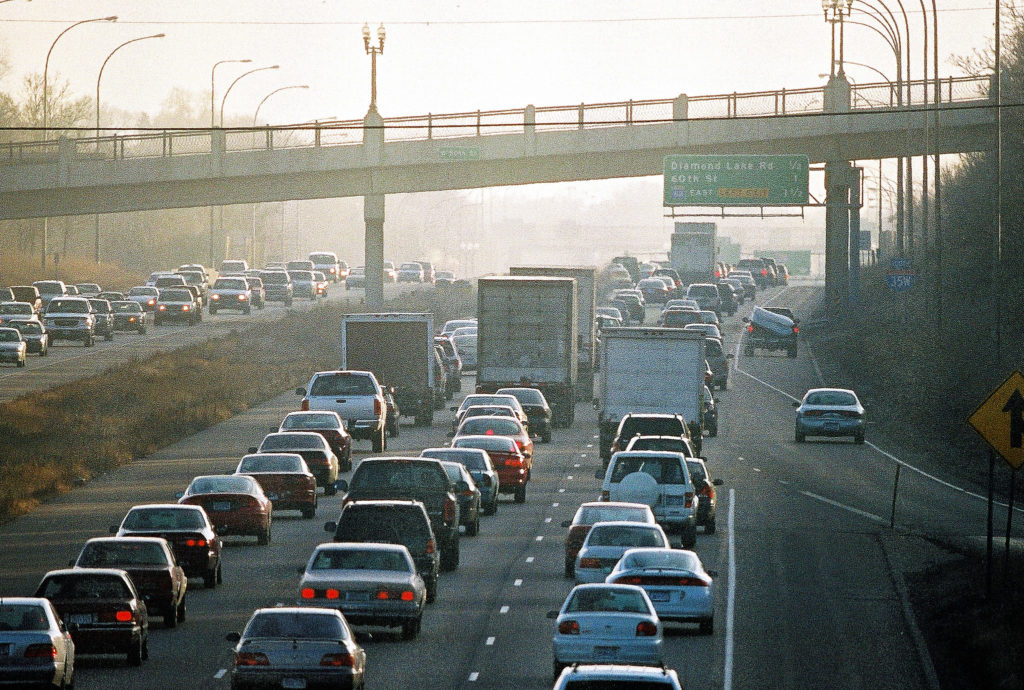Cars are everywhere. They are essential for our day to day lives, but these vehicles are a double-edged-sword. Cars emit exhaust gases, and those gases contain hydrocarbons. These molecules, as their name suggests, contain both carbon and hydrogen atoms. Hydrocarbons from cars result from gas that has not been completely burned in the engine, where it would otherwise be converted into carbon dioxide (CO2). These harsh chemicals become concentrated in our air in situations like traffic, when many cars are driving in a dense area together. This becomes a major public health problem, as air quality is often associated with diseases such as asthma, lung cancer, heart disease, and stroke.
One way that scientists are able to measure harm from pollution is to look at how it affects DNA, the genetic material in all cells. Cancer, for example, arises because of problems at the genetic level. The cause of many other chronic diseases is linked at least partly to DNA.
The researchers assessed a relationship between air pollution and DNA damage. Specifically, they looked at the shortening of the DNA strands themselves. DNA is a long molecule, and damage to them typically occurs at the ends, called telomeres. Telomeres are a buffer to protect the parts of DNA that code for important functions. Previous research shows evidence that UV light, smoking, and other cancer-causing agents cause telomeres to shorten, and can put the functional parts of DNA at risk to damage. Telomere shortening is also associated with aging. Since children have developing bodies and immune systems, they may be especially vulnerable to the effects of telomeric DNA damage.
This study follows 14 children, ages 11-18, with and without asthma, living in Fresno, California, the second most polluted city in the United States. The experiment was to measure any change in telomere length by looking at blood samples from the children over 1 year. Though telomeres do naturally shorten with age, this typically begins after adolescence. The children had their blood drawn before and after the experiment to profile results in each person individually. The scientists were able to measure telomere length from these blood samples. In terms of the air pollution, they focused on a type of hydrocarbon that is ring-shaped, which is difficult to break down. The control and testing groups of the experiment were selected based on the levels of this hydrocarbon in the blood prior to the experiment start.
The researchers found a linear relationship between air pollution and telomere shortening in the children and adolescents. These results held true regardless of the race, gender, and age of the children, and whether they had asthma or not. They also found that the telomeres of female children were longer in general, which is consistent with previous research.
Though this study only tells us of the effects of air pollution, this knowledge is essential to be able to design effective interventions and policies. This research on telomeres may also provide help us understand how air pollution exposure leads to negative health outcomes.


